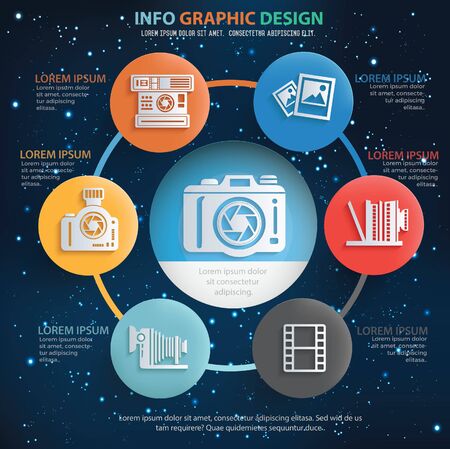Join Us To Uncover Essential Photography Suggestions That Will Unlock Your Cam'S Potential-- Prepare To Capture Sensational Images In A Snap!
Join Us To Uncover Essential Photography Suggestions That Will Unlock Your Cam'S Potential-- Prepare To Capture Sensational Images In A Snap!
Blog Article
Author-Weber Didriksen
When you initially grab your cam, it can really feel frustrating with all the settings and choices available. You may find yourself questioning how to browse aperture, shutter rate, and ISO properly. Understanding these basics is essential, however there's more to digital photography than just technical knowledge. Recognizing structure techniques and lights conditions can raise your photos considerably. So, what happens if you could discover easy methods to improve your skills and start capturing remarkable images quicker than you assume? Let's explore how to transform your digital photography journey.
Recognizing Video Camera Settings
Comprehending your video camera settings is crucial for recording sensational images. When you pick up your video camera, acquaint yourself with the 3 major settings: aperture, shutter speed, and ISO. Each plays a vital role in just how your images end up.
Beginning with aperture, which controls the amount of light entering the lens. https://telegra.ph/Learn-Just-How-To-Select-The-Perfect-Cam-Tailored-To-Your-Photography-Design-And-Requires-Yet-Are-You-Taking-Into-Consideration--01-07 (reduced f-number) lets in a lot more light and develops a lovely history blur, ideal for portraits. Conversely, a narrower aperture (higher f-number) keeps even more of the scene in emphasis, suitable for landscapes.
Next off, focus on shutter rate. This setting identifies for how long your cam's sensor is exposed to light. A fast shutter speed ices up motion, which is wonderful for action shots, while a slow shutter rate can develop stunning results like smooth water in landscapes.
Finally, readjust your ISO. This setup affects your video camera's level of sensitivity to light. A higher ISO serves in low-light situations but can present noise or grain. Aim for the lowest ISO feasible while still achieving correct direct exposure.
Composition Techniques
When you're out shooting, structure can make all the difference in exactly how your photos resonate with visitors. Beginning by utilizing the guideline of thirds; picture your frame separated right into nine equivalent sections with two straight and two vertical lines. Setting key elements along these lines or at their intersections to create balance and rate of interest.
Next off, take into consideration leading lines. These natural lines in your scene, like roadways or rivers, draw the customer's eye right into the photograph, directing them through the tale you're informing.
Do not forget about framing; usage elements within your scene, like trees or windows, to develop a framework around your topic, adding deepness and emphasis.
Likewise, watch on your history. A chaotic background can sidetrack from your main subject, while a basic one helps it stick out.
Last but not least, experiment with balance and patterns; they can develop a striking picture that records interest.
Learning Lighting Conditions
Understanding lights problems is crucial for capturing magnificent photographs, as the ideal light can transform a regular scene into something amazing.
Beginning by observing natural light at different times of the day. Mornings and late afternoons provide the most effective light, referred to as the golden hour. The soft, cozy tones during these times can enhance your photos wonderfully.
Don't shy away from cloudy days either; diffused light can lessen extreme darkness and produce a pleasing result, specifically for portraits.
Experiment with backlighting by positioning your subject versus the light. This strategy can produce a wonderful halo result and include depth to your images.
Focus on your video camera settings as well. Readjust the ISO, aperture, and shutter rate to match the lights conditions. A greater ISO can help in reduced light, however beware of grain.
Use a tripod in darker atmospheres to avoid blur.
Last but not least, don't fail to remember synthetic illumination. Flash and continuous lights can be terrific devices for regulating light in challenging problems.
On location Photography
In conclusion, mastering your electronic camera does not have to be overwhelming. By comprehending your settings, using composition techniques, and using the power of all-natural light, you'll quickly raise your digital photography abilities. Keep in mind, exercise makes best, so get out there and trying out your newly found expertise. With time and commitment, you'll be capturing magnificent photos that mirror your special perspective. Appreciate the trip, and do not fail to remember to enjoy while you go to it!
